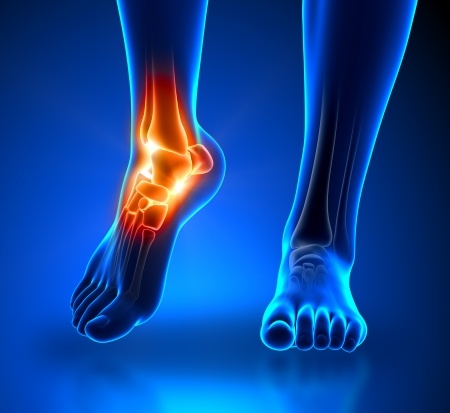Complex Regional Pain Syndrome (CRPS) is a syndrome that affects the nervous system. It has been called by many names including, Reflex Sympathetic Dystrophy (RSD), Sudek’s atrophy and shoulder/hand syndrome. The condition is more prevalent in women, but can be present in all age groups and genders. The exact cause is unknown, although it usually associated with an injury or physical trauma such as a fracture, crush injury or surgery. CRPS also tends to show up in the extremities; but it can happen anywhere. Early treatment may improve the long-term outcome but doesn’t guarantee complete recovery.
CRPS can become functionally limiting both in terms of range of motion and strength. The constant pain associated with the syndrome can make work and activities of daily life very difficult and frustrating.
Signs and Symptoms
CRPS symptom progression has 3 stages. The first stage begins as burning pain, swelling, stiffness, excessive sensitivity, and increased sweating in the area. This stage can last from 1-3 months.
As CRPS progresses into the second stage, which may last for 3-6 months, the pain becomes more intense and the swelling increases and may spread out from the affected area. Hair growth in the area may decrease. In the hands or feet, nails may become brittle and cracked. On X-rays the bone may show loss of density. The muscles begin to atrophy or diminish in size.
Stage 3 begins any time after 6 months. The condition may be permanent and some of the muscle changes may become irreversible. The pain may progress to such intensity that it is incapacitating. Bone density continues to decrease. Range of motion continues to decrease as a result of avoiding motion due to pain.
Treatment
The goals of treatment are to decrease swelling and pain, maintain or improve range of motion, educate about the condition to reduce or eliminate frustration associated with it, and restore function.
Swelling can be decreased with cold compresses, contrast baths, compressive wrapping or massage. Massage, however, may be difficult because of the pain and sensitivity.
Decreasing the pain and sensitivity is done through several methods. Moist heat can sometimes help. Desensitization is another means. Desensitization can include the use of electrotherapy. Gradual acclimation is another way. It begins by touching the area lightly with a soft material such as tissue paper for several minutes at a time throughout the day. As the area of sensitivity decreases, the tissue is switched to a soft cloth with slightly more pressure. As the sensitivity decreases again, the material is changed to a rougher type and the pressure is increased.
Therapeutic exercise can be help to return strength, range of motion and function. Your health professional can show you the specifics of the rehabilitation program. Quite often the exercises involved with CRPS will include weight-bearing activities to help.
It is important to understand the psychological problems associated with this condition so you can cope with any emotional stress. Because of the constant nature of the pain associated with CRPS, counseling may help. Your health professional can refer you to the proper source.
The use of all the treatment methods as stated above may help to break the pain cycle, decrease pain and improve overall function. It is important for you to maintain independence in the activities of the day, both in work and leisure activity.
Written by Clint Bunker PT

